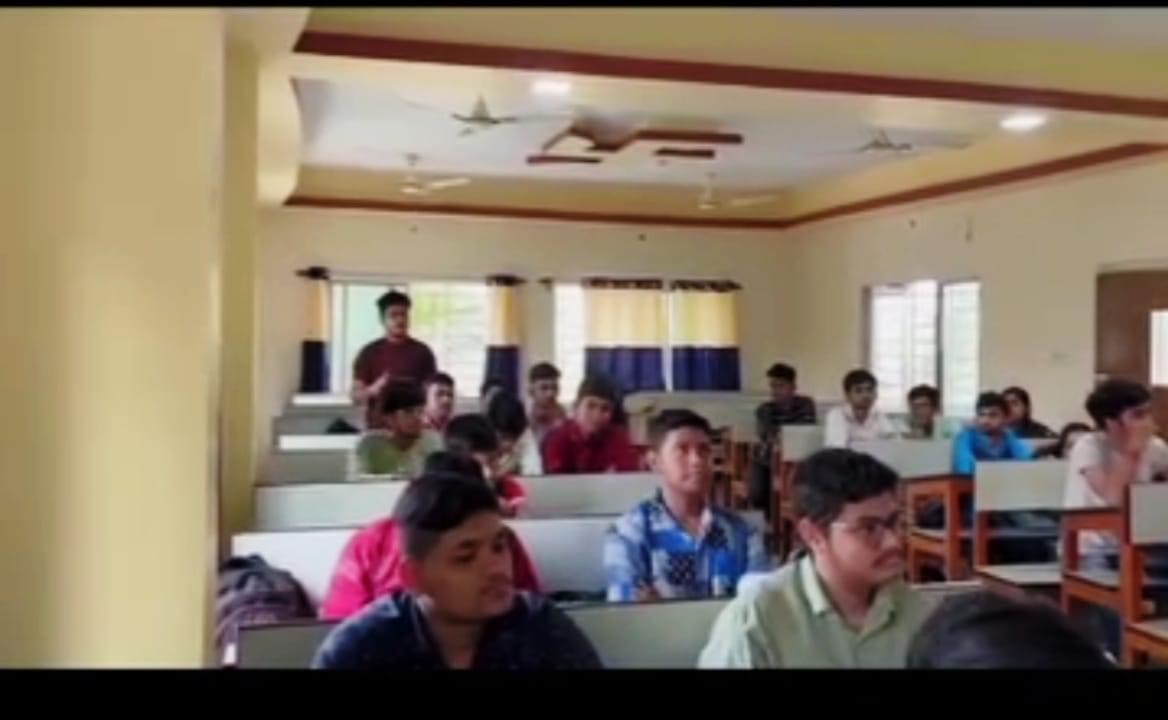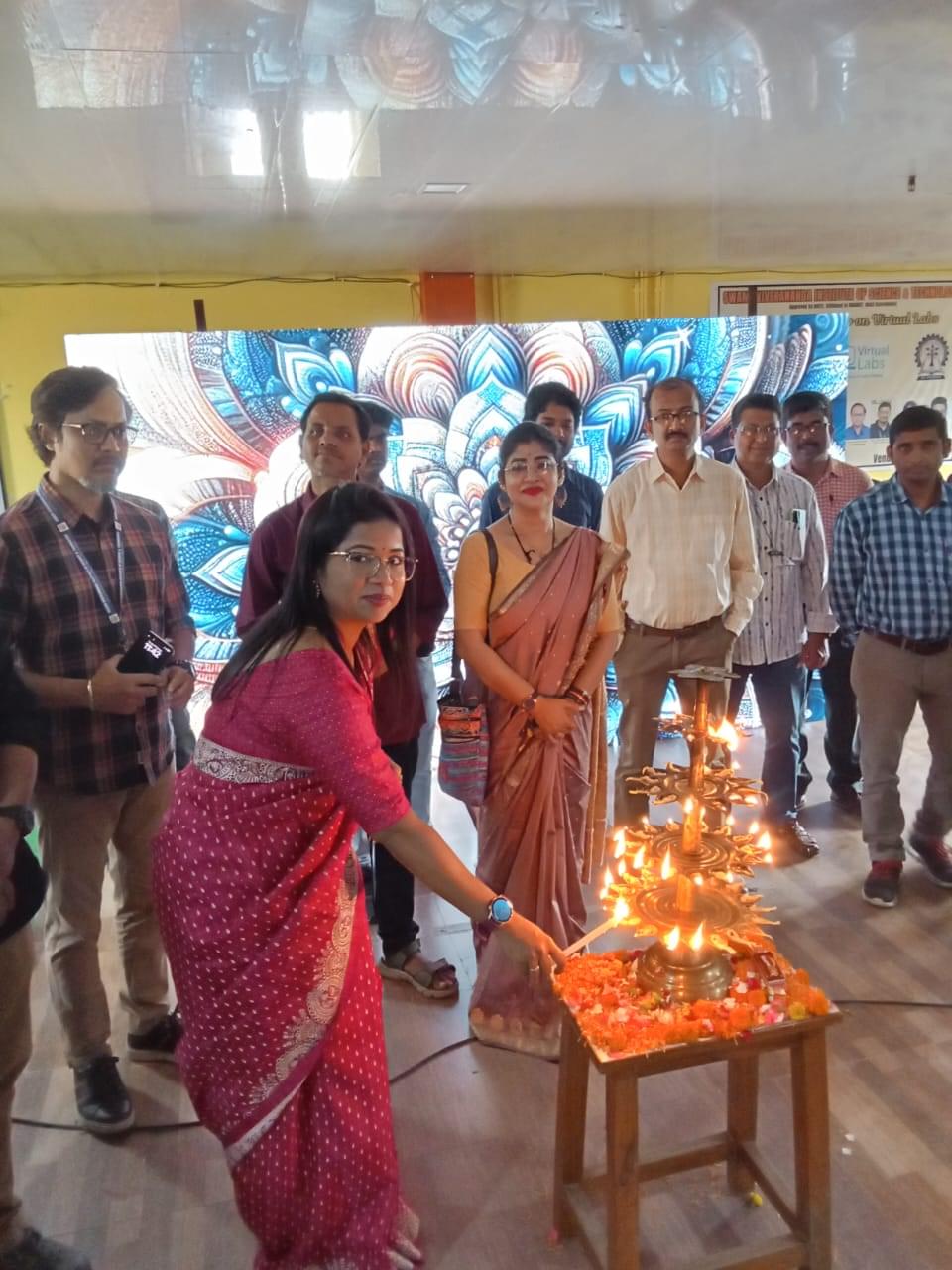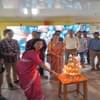The faculty at the college is highly praised for its supportive and approachable nature, with many members being M.Tech or Ph.D. holders from reputed institutions such as JU, BESU, Kalyani, and IIT KGP. They contribute significantly to both academic teaching and extracurricular activities, using innovative teaching methods like projector-based classes to engage students.
Faculty members are accessible for doubt-clearing sessions and even personal guidance. The faculty-to-student ratio is approximately 1:10, facilitating personalized attention. However, some reviews mention a variance in teaching quality, with some faculty members being less knowledgeable outside the syllabus. Despite some challenges, the faculty is generally considered a pillar of student support, contributing positively to career advancement and placement efforts, though placement opportunities themselves are described as underrated.

![Swami Vivekananda Institute of Science and Technology - [SVIST]](https://image-static.collegedunia.com/public/college_data/images/logos/1593506114download.jpg?h=71.7&w=71.7&mode=stretch)








.png?h=78&w=78&mode=stretch)
.png?h=78&w=78&mode=stretch)

![Institute of Engineering and Management - [IEM]](https://image-static.collegedunia.com/public/college_data/images/appImage/1502173220instituteofengineeringmanagementsechbhawankolkatac3484.jpg?h=111.44&w=263&mode=stretch)

![Heritage Institute of Technology - [HIT]](https://image-static.collegedunia.com/public/college_data/images/appImage/1488795790e12.jpg?h=111.44&w=263&mode=stretch)

![Government College of Engineering and Ceramic Technology - [GCECT]](https://image-static.collegedunia.com/public/college_data/images/appImage/1488627169c.jpg?h=111.44&w=263&mode=stretch)



![University of Engineering and Management - [UEM]](https://image-static.collegedunia.com/public/college_data/images/appImage/57446_Capture.jpg?h=111.44&w=263&mode=stretch)

![Netaji Subhash Engineering College - [NSEC]](https://image-static.collegedunia.com/public/college_data/images/appImage/14481_Capture.jpg?h=111.44&w=263&mode=stretch)











.png?h=72&w=72&mode=stretch)
.png?h=72&w=72&mode=stretch)



![Calcutta Institute of Engineering and Management - [CIEM]](https://image-static.collegedunia.com/public/college_data/images/logos/1564398892ciem.jpg?h=72&w=72&mode=stretch)
![Bengal Institute of Technology - [BIT]](https://image-static.collegedunia.com/public/college_data/images/logos/1604293937toplogo.png?h=72&w=72&mode=stretch)
![Gargi Memorial Institute of Technology - [GMIT]](https://image-static.collegedunia.com/public/college_data/images/logos/1459939108gmit.png?h=72&w=72&mode=stretch)
![MCKV Institute of Engineering - [MCKVIE]](https://image-static.collegedunia.com/public/college_data/images/logos/1618818891Logo.jpg?h=72&w=72&mode=stretch)
![Camellia Institute of Technology - [CIT]](https://image-static.collegedunia.com/public/college_data/images/logos/1488523428Camelliait.jpg?h=72&w=72&mode=stretch)
![Future Institute of Engineering and Management - [FIEM]](https://image-static.collegedunia.com/public/college_data/images/logos/1740726659FIEMlogo.jpeg?h=72&w=72&mode=stretch)
![Calcutta Institute of Technology - [CIT]](https://image-static.collegedunia.com/public/college_data/images/logos/1488611846logo.png?h=72&w=72&mode=stretch)
![St. Thomas College of Engineering and Technology - [STCET]](https://image-static.collegedunia.com/public/college_data/images/logos/1435753625st thomas 11 logo.jpg?h=72&w=72&mode=stretch)
![Meghnad Saha Institute of Technology - [MSIT]](https://image-static.collegedunia.com/public/college_data/images/logos/1604834065Logo.png?h=72&w=72&mode=stretch)
![JIS College of Engineering - [JISCE]](https://image-static.collegedunia.com/public/college_data/images/logos/1595172977Annotation20200719210557.jpg?h=72&w=72&mode=stretch)
![Netaji Subhash Engineering College - [NSEC]](https://image-static.collegedunia.com/public/college_data/images/logos/16042306486532680721842851382877739181874410733174784n.jpg?h=72&w=72&mode=stretch)
![Narula Institute of Technology - [NIT Agarpara]](https://image-static.collegedunia.com/public/college_data/images/logos/1595241929Logo.png?h=72&w=72&mode=stretch)
![Guru Nanak Institute of Technology - [GNIT]](https://image-static.collegedunia.com/public/college_data/images/logos/16240103946483578416130722721606796901116776487059456n.jpg?h=72&w=72&mode=stretch)
![Budge Budge Institute of Technology - [BBIT]](https://image-static.collegedunia.com/public/college_data/images/logos/1592134592bbitlogo.png?h=72&w=72&mode=stretch)
![Dr. Sudhir Chandra Sur Institute of Technology & Sports Complex - [SURTECH]](https://image-static.collegedunia.com/public/college_data/images/logos/1624261033SurTechLogo.png?h=72&w=72&mode=stretch)
![RCC Institute of Information Technology - [RCCIIT]](https://image-static.collegedunia.com/public/college_data/images/logos/1620029258Logo.png?h=72&w=72&mode=stretch)

Comments